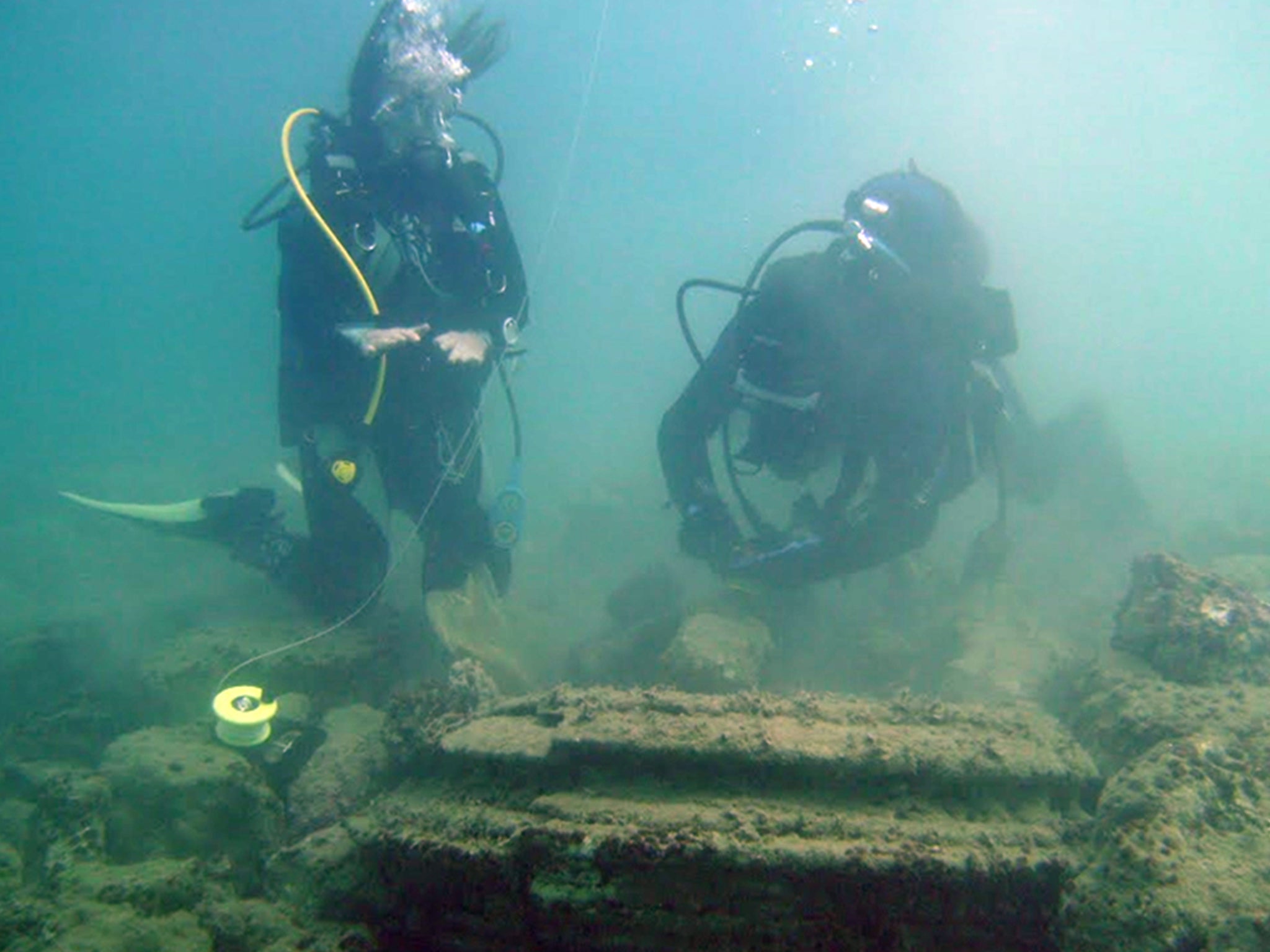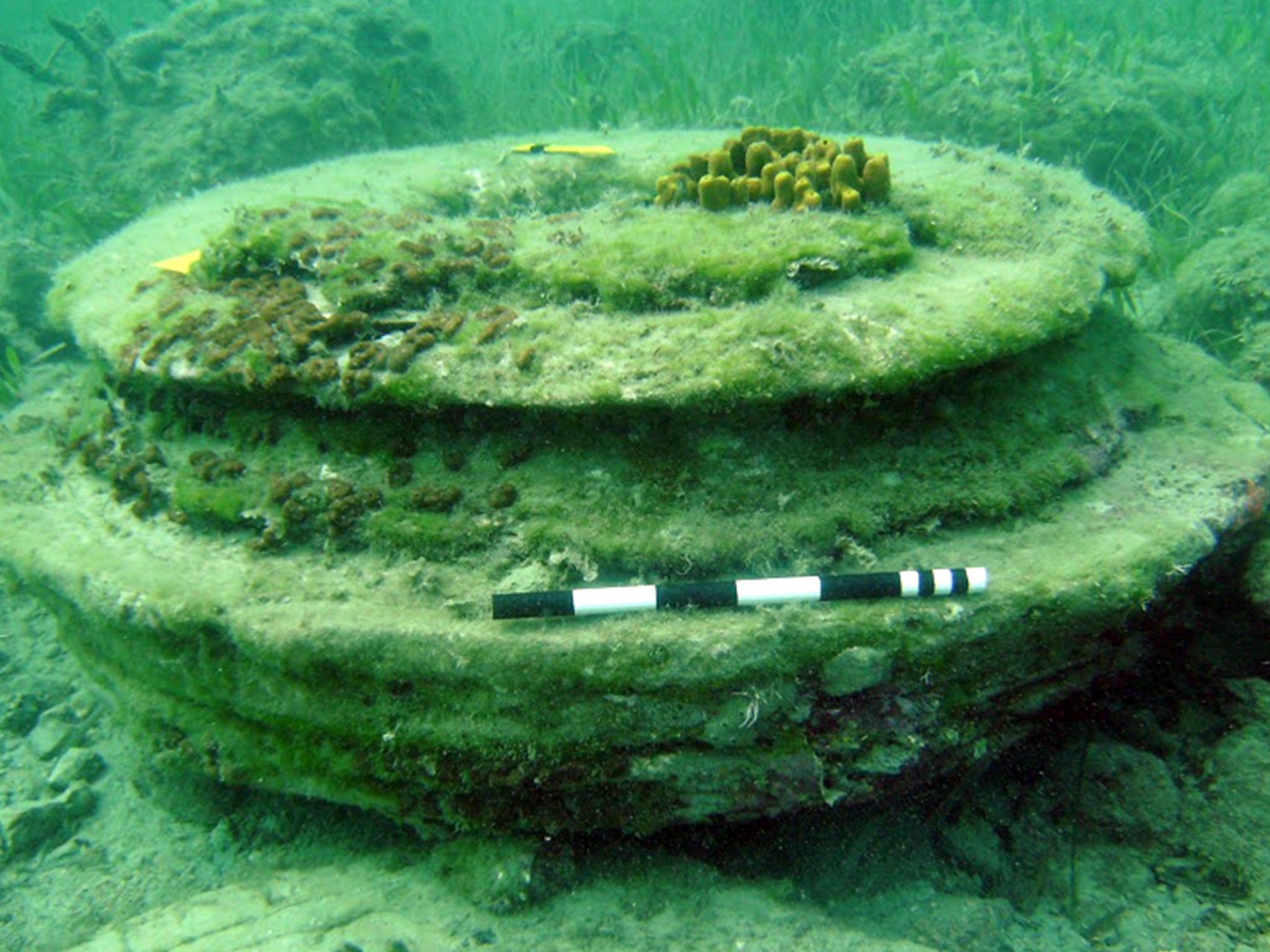'Lost city' found off Greek coast was formed by natural phenomenon
Unusual structures caused by gas leaking through the sea bed over millions of years

Your support helps us to tell the story
From reproductive rights to climate change to Big Tech, The Independent is on the ground when the story is developing. Whether it's investigating the financials of Elon Musk's pro-Trump PAC or producing our latest documentary, 'The A Word', which shines a light on the American women fighting for reproductive rights, we know how important it is to parse out the facts from the messaging.
At such a critical moment in US history, we need reporters on the ground. Your donation allows us to keep sending journalists to speak to both sides of the story.
The Independent is trusted by Americans across the entire political spectrum. And unlike many other quality news outlets, we choose not to lock Americans out of our reporting and analysis with paywalls. We believe quality journalism should be available to everyone, paid for by those who can afford it.
Your support makes all the difference.The supposed ancient ruins of a lost city underwater are actually mineral formations created by a rare geological phenomenon, according to scientists.
Researchers from the University of East Anglia (UEA) found that the structures discovered off the Greek island of Zakynthos in June 2013 were in fact formed by methane gas leaking through rocks.
The study dismissed claims the formations are left-over products of a mythological civilisation as had been suggested by Greek diver Pavlos Voutos, the man who discovered them.
The disk and doughnut-shaped mineral structures were formed by the natural cementation of sediments on the seafloor around five million years ago.
Bacteria fed on methane as it seeped through the seabed, triggering a chemical chain reaction which in turn created the mineral disks which were initially thought to be the bases of huge marble columns.
The area was first examined by the Ephorate of Underwater Antiquities of Greece, before marine scientists from the University of Athens were called on to lend their expertise.

Professor Julian Andrews from UEA, who authored the study, told The Independent: “It’s not common to see dolomite, which these ‘columns’ are made of, forming in water, although it has occurred before.
“Once Professor Michael Stamatakis from Athens University had gained samples from the site he sent them to me and we were able to analyse precisely what they were.
“This kind of thing tends to happen where you get significant amounts of methane seeping from oil reservoirs beneath the seabed, similar to a site I worked on in Scotland back in the 1980s.
“It’s not particularly common, but it’s not something we haven’t seen or experienced before. It is however quite rare to find something like this in shallow waters.”
The site was discovered between 2-5 metres beneath the sea surface and examinations are continuing.
Initial studies failed to reveal the reason why the structures had been formed and the international research team was created so further inquiries could be carried out.
After hearing of the scientific explanation behind the mysterious formations, discoverer Voutos continued to insist they were created by a lost civilisation.
He wrote on his Facebook page: “I don’t like my intelligence to be belittled. I want serious answers from serious scientists. I am very worried about the future of this mysterious place.”
Join our commenting forum
Join thought-provoking conversations, follow other Independent readers and see their replies
Comments